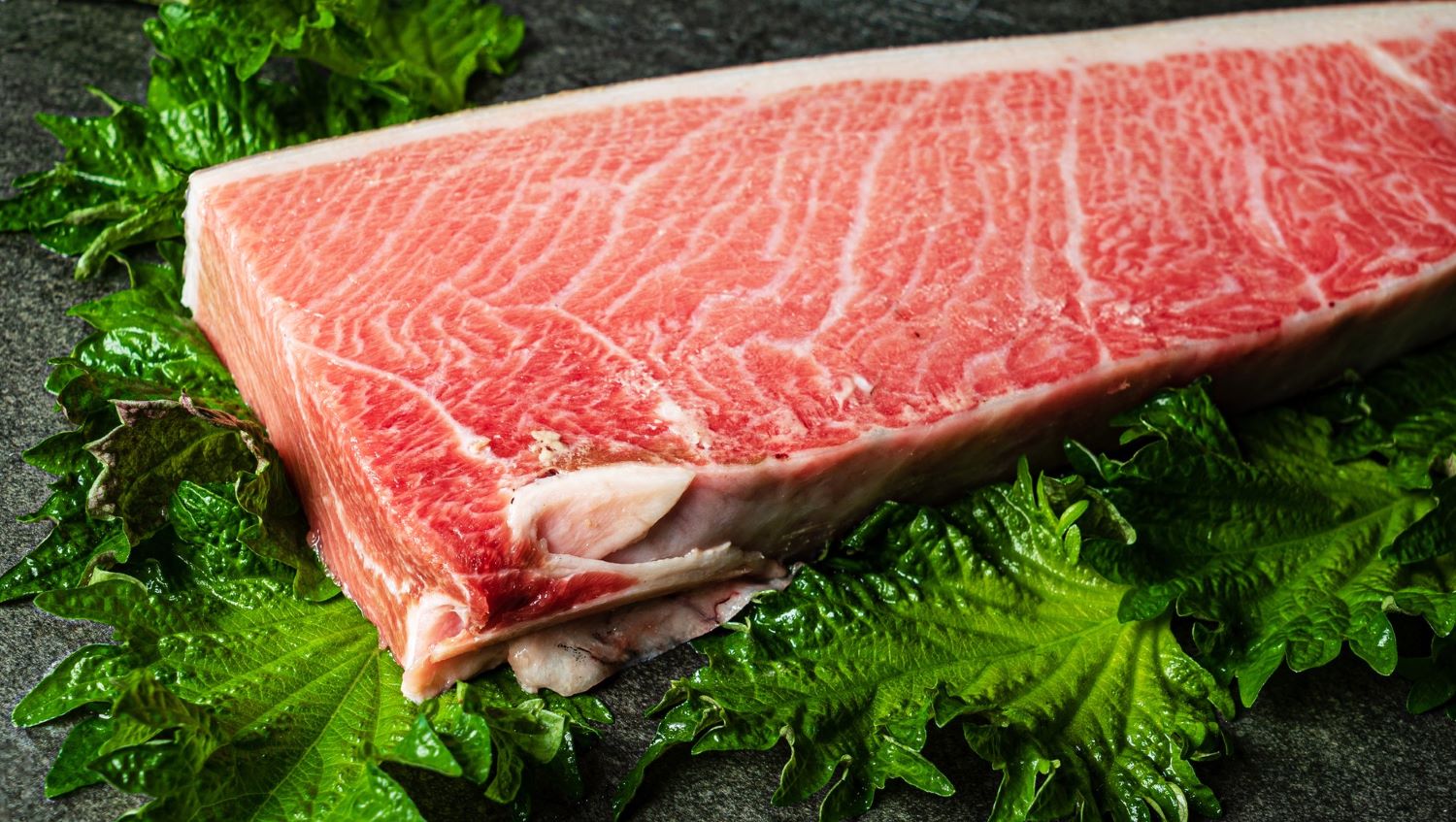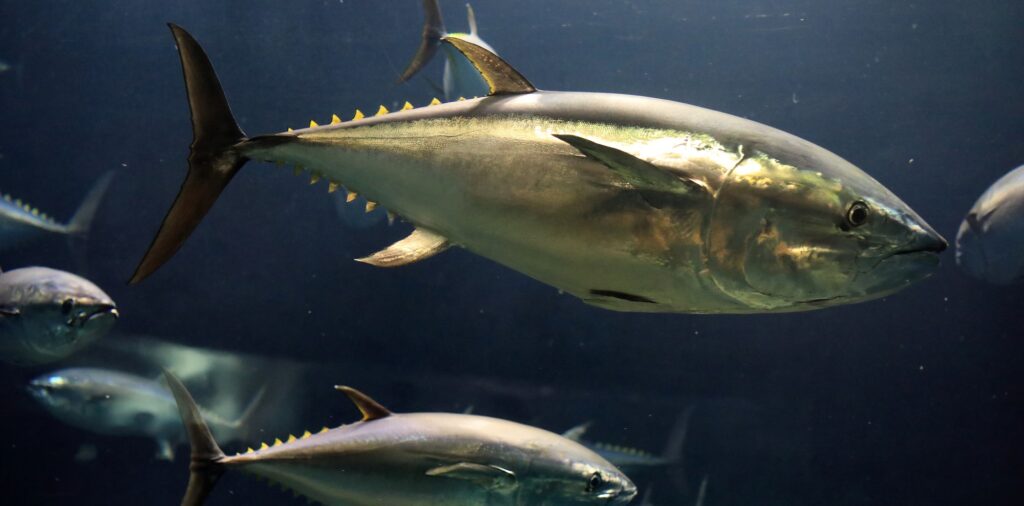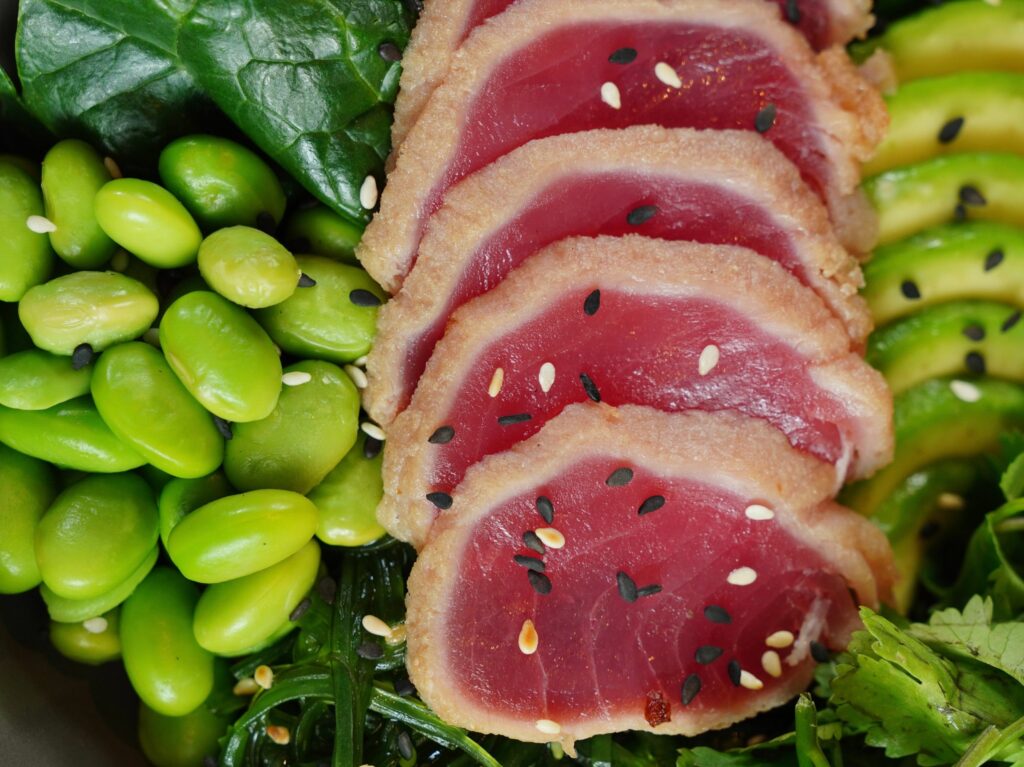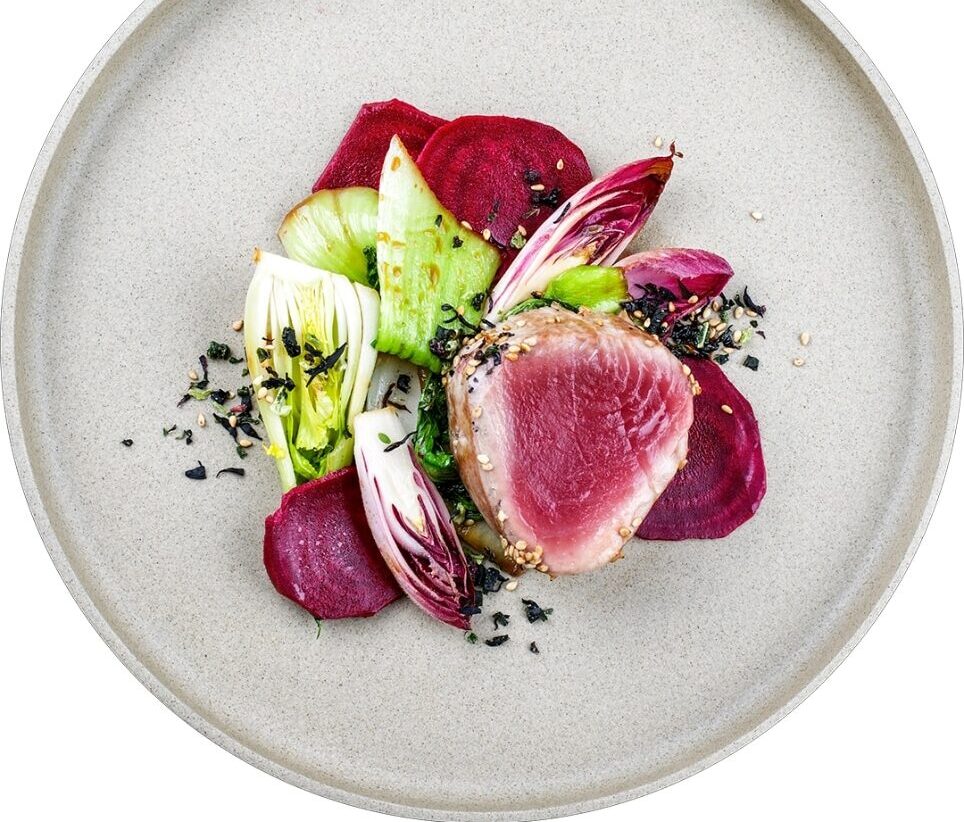As overfishing takes its toll on marine life in waters across the planet, an Israeli company is determined to harness technological know-how to save some species from the brink of extinction – including the most expensive one in the world per pound.
Wanda Fish extracted cells from three different species – bluefin tuna, mackerel and yellowtail – in order to cultivate them in the lab, and its most advanced product is the pricey bluefin.
“Bluefin tuna is a premium product. The price of bluefin tuna in the market is very high,” Wanda Fish’s VP Business Development & Marketing Yaron Sfadyah tells NoCamels.
The tuna can even go for up to $5,000 a pound due to those risks of extinction and overfishing and also because of the high market demand in places such as Japan.

Wanda Fish cultivates the extracted cells in bioreactors – specialist vats that create an optimal environment – until they reach immortal status, in other words are continuously reproducing.
“This is one of the prominent first steps, because you want the cells to immortalize spontaneously and in a non-GMO [genetically modified] manner, so that you don’t need to go back to the fish” for more cells, Sfadyah tells NoCamels.
Wanda Fish then places the cells into cultured media – the essential nutrients and minerals that support growth. From there, the company uses its own undisclosed technology to cultivate the cells into both muscle and intramuscular fat of a bluefin tuna.
And while Sfadyah says this is the most expensive part of the process, the company is trying to engineer it at a lower cost, a “sweet spot” that preserves the authenticity of the final product and allows Wanda Fish to upscale and start to sell commercially.
Once the cells are transformed, Wanda Fish combines them with proprietary plant-based material to create a hybrid final product – one of the ways the company is reducing costs and a step that Sfadyah describes as “a very complex process.” He also insists that it is one currently carried out by most, if not all food cultivation companies.

And despite the inclusion of the plant-based material, Sfadyah believes that the company’s product is identical in every way to the original thanks to the unique fat and muscle combination Wanda Fish cultivates.
This, he says, even applies to one of the trickiest parts of cultivating such premium fish – striking the right balance between taste and texture.
Sign up for our free weekly newsletter
SubscribeFor unlike other tunas, bluefin has a melt-in-your-mouth texture with what many chefs say is a rich flavor that works perfectly for sashimi (a kind of sushi).
Taking its name from the famous John Cleese/Jamie Lee Curtis comedy of the 80s, Wanda Fish was co-founded by Dr. Daphna Heffetz and the Kitchen Hub startup incubator in November 2021.
The company recently announced the start of its seed stage after receiving more than $7 million in funding from its primary backer, Dutch aquaculture investment firm Aqua-Spark.
Wanda Fish is now working towards creating its prototype using its advances in R&D. And to create this prototype, the startup is consulting with chefs who know the food industry inside out and have particular experience of preparing bluefin tuna.

It is crucial, Sfadyah says, that the company brings in these culinary experts as the bluefin tuna has different cuts that require different methods of preparation. Furthermore, Wanda Fish is trying to create the delicate toro cut of the bluefin, the most expensive cut that comes from the fatty underbelly.
The company is also trying to remove the need for chefs to have to clean and cut the fish when it arrives at their restaurants, reducing food waste and shortening preparation time for diners.
This, he says, will allow them to “develop a good food product that people will want to buy.”
There are two other companies in the world who are at the moment cultivating lab-grown bluefin tuna, Sfadyah says, but Wanda Fish does not feel the need to rush out its product, trusting that it is working in the correct way and at the correct pace.
“We believe it’s not necessarily the first mover’s advantage; it’s the right mover’s advantage,” says Sfadyah.
“We are here to make food.”
Related posts

Editors’ & Readers’ Choice: 10 Favorite NoCamels Articles

Forward Facing: What Does The Future Hold For Israeli High-Tech?

Impact Innovation: Israeli Startups That Could Shape Our Future




Facebook comments